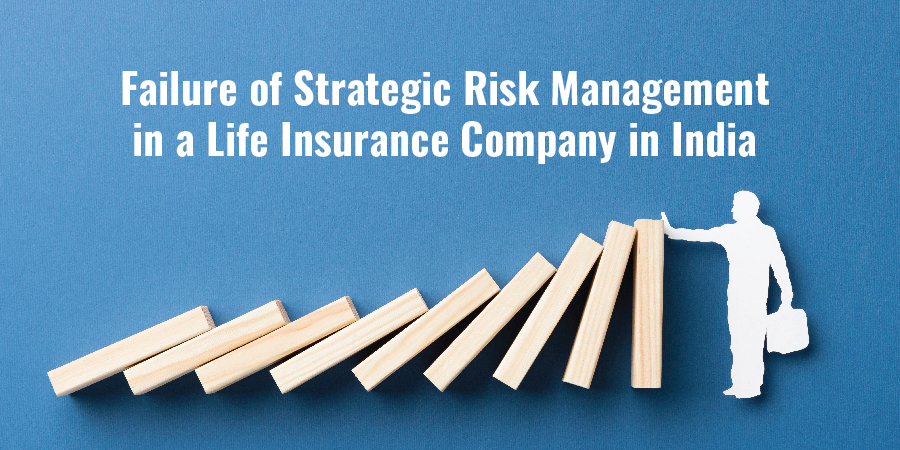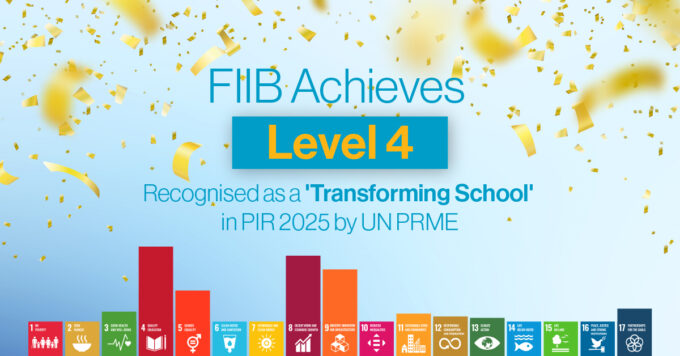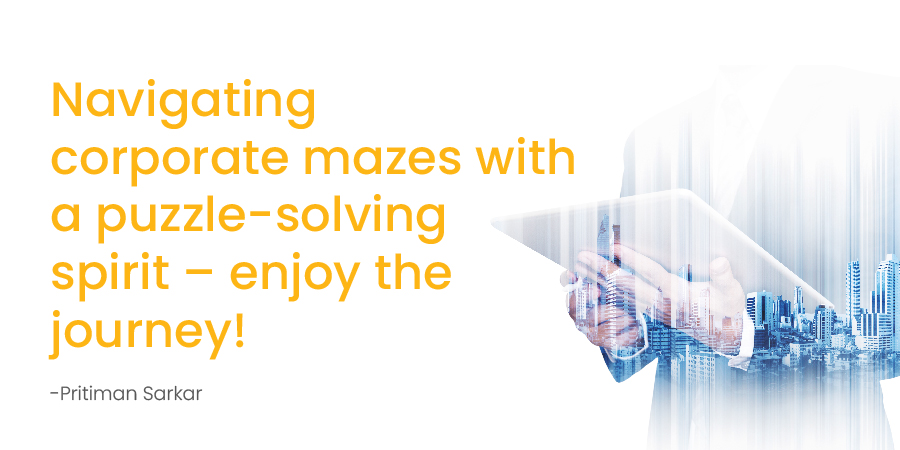The way we handle money is going through some significant changes. For a long time, regular banks were the go-to place for everything money-related. You’d walk into a branch, chat with the teller, and trust that your money was in good hands. But recently, things have taken a turn. Digital disruptors are replacing the traditional brick-and-mortar banking institutions of the past, reshaping how we manage finance.
The banks we’ve known forever – with traditional branches, you can walk into and offer all sorts of services – saving money, taking out loans, and helping with investments. This banking model makes us feel safe and secure about our finances. For generations, traditional banks were synonymous with financial stability. Despite their old-school charm, traditional banks faced a big shake-up with the rise of technology. The fancy word for this is “disruption.” Let’s dive into how things changed!
1. The Rise of Fintech: A Tech Revolution
Fast forward to the 2000s, and here comes Fintech. These tech-savvy startups made banking quicker, cheaper, and more accessible. Peer-to-peer lending, mobile apps, and online payments reshaped consumer interactions with their finances – suddenly, banking was at our fingertips.
Imagine using your phone for everything money-related, from paying friends to borrowing cash without going to an actual bank branch. Later, Fintech also introduced mobile banking apps, making checking your balance and paying bills from your phone easy. All of this made our life easier when it comes to money matters.
2. Neo Banks: Redefining Banking in the Digital Era
Taking disruption to new heights, Neo or digital banks ditched physical branches altogether, existing only in the digital form. With claims of lower fees, transparent terms, and user-friendly experiences, neo-banks catered to a mobile-first generation, providing seamless banking at their fingertips and revolutionizing how people approach personal finance – perfect for folks who love using their phones for everything.
With Neo banks, it’s like having your entire bank inside your pocket. Need to check your balance while waiting for the bus? Easy. Want to transfer money to a friend? Done in a few taps. Neo banks brought the convenience of banking to a whole new level. These new digital banks aren’t just about convenience but about making banking feel modern, accessible, and stress-free.
3. Blockchain and Cryptocurrency: New Ways of Money
The emergence of blockchain technology and cryptocurrencies, such as Bitcoin and Ethereum, signalled a paradigm shift towards decentralized finance. Imagine digital versions of your national currency issued by the government. It could change how we use money, making traditional banks less essential.
Cryptocurrencies allow you to send money directly to someone else without needing a middleman – no bank involved. It’s like handing over cash but in the digital world. The fundamental principles of peer-to-peer transactions and reduced reliance on intermediaries challenge the core foundations of traditional banking, introducing the concept of trustless finance.
4. Embedded Finance: Banking in Everyday Life
Embedded finance is about banking blending seamlessly into your daily activities. Embedded finance has further blurred the lines between banking and other sectors. Now, banking isn’t just at banks. Imagine securing a loan through a ride-sharing app or managing digital wallets seamlessly integrated into e-commerce platforms.
It’s banking becoming a part of your everyday life without you even noticing. This is the new wave – making banking a natural part of what you already do. Even social media platforms have ventured into payment systems, showcasing the universal integration of banking into everyday life.
5. Central Bank Digital Currencies (CBDCs): The Next Big Thing
In the era of borderless financial transactions, markets, and more, the emergence of Central Bank Digital Currencies (CBDCs) is a potential new paradigm. These are like digital versions of your country’s government-issued money.
Currently, in a pilot phase across retail and wholesale segments, CBDCs could redefine our understanding and usage of money, potentially reducing the reliance on traditional banks. CBDCs might make transactions faster and more straightforward. You’d use these digital currencies directly instead of using physical cash or going through traditional banks. It’s like having money that exists in the digital world, making everything more efficient.
6. The Future: An Exciting Journey Awaits
The banking world continues to evolve. It’s all about giving you more choices, convenience, and control over your money. The journey is thrilling, with new tech and ideas shaping the future. The only certainty is that the future holds even more exciting developments in the ever-evolving banking world. Get ready for more changes because the future of banking promises to be a fascinating adventure!
ABOUT PGDM-FM AT FIIB
The PGDM FM program at Fortune Institute of International Business, FIIB, New Delhi, is your ticket to diving deep into financial management. If you’re interested in understanding how money makes the world go round and want to master the art of managing finances in the business world, this program is tailor-made for you.
The program offers a comprehensive and industry-relevant curriculum emphasizing analytics that provides students with a solid foundation in finance. With industry-led faculty, an interactive learning environment, and a focus on real-world applications, students engage in case studies and capstone projects, preparing them for the challenges of the financial sector.
Whether you’re eyeing Financial Analytics, Investment Management, or Risk assessment roles, PGDM FM at FIIB opens doors to various career paths. Apply Now!
You can also check FIIB Placement Report of last year.


















Leave a comment